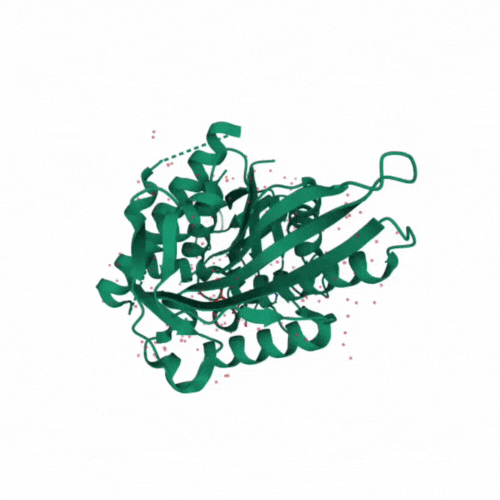KIF1A.ORG Community,
We’re eager to announce the expansion of our efforts to find treatments for KIF1A-Associated Neurological Disorder (KAND) by partnering with the Gennerich Lab at Albert Einstein College of Medicine in New York. Arne Gennerich, Ph.D., is an active member of the KIF1A Research Network and an expert in molecular mechanisms of microtubule-based motor proteins in health and disease. This project will leverage cryo-electron microscopy (cryo-EM) and artificial intelligence (AI) to improve our understanding of KIF1A’s structure and expedite small molecule drug discovery for KAND.
Did you know that proteins in our bodies (like KIF1A) are known as “the building blocks of life”? These building blocks aren’t like a kid’s set of wooden blocks with neatly shaped squares, rectangles and triangles. Instead, proteins have chains and helixes that look more like ribbons and coiled telephone cords (remember those?). So, the KIF1A protein is a bit more complex than a wooden block—but the point is, it has a distinct shape, also known as structure.

Just some basic building blocks

Scientists have already created very good images or “crystal structures” of certain domains (or regions) of the KIF1A protein. For example, the spinning 3D video above is a crystal structure of the motor domain of KIF1A. Crystal structures of proteins are extremely useful for drug discovery because they help scientists predict where drug compounds (like small molecules) might bind with the protein. For a quick video summarizing small molecules and how they can affect proteins, check out this Research Simplified resource made for the KIF1A community.
Through this project, Dr. Gennerich is collaborating with Hernando Sosa, Ph.D., a colleague at Albert Einstein College of Medicine, who is known for his cryo-electron microscopy (cryo-EM) work to capture high-resolution structures of microtubule-associated proteins. Their cryo-EM project on KIF1A will enable us to drastically improve our understanding of the shape (or structure) of the KIF1A protein. Using these improved crystal structures of the KIF1A protein, the Gennerich Lab will also work with Atomwise to use their AI drug discovery platform to search for small-molecule drug candidates for KAND.
This work will complement KIF1A.ORG’s existing therapeutic development projects by expanding our small molecule drug discovery efforts and helping scientists see the fuller picture of KIF1A—literally. Thanks to the entire KIF1A.ORG community, we’re taking multiple “shots on goal” to expand and accelerate our path to treatment for people living with KAND. We extend our gratitude to the Gennerich Lab for their dedication to helping us achieve our urgent mission. To learn more about the therapeutic development projects we fund and how to support our work, visit our Funded Projects page.
Relentlessly,
Kathryn Atchley
President, KIF1A.ORG
kathryn@kif1a.org

